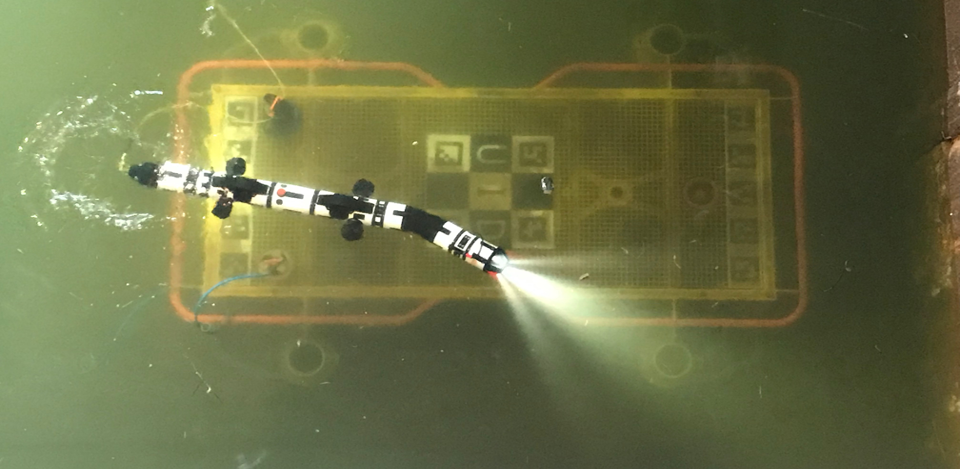To tackle the new challenges NTNU now launches a project called Safeguard financed by the Norwegian Research Councils Petromaks2-program together with industry partners. The aim is to develop smart solutions for vital infrastructure and production in the ocean, without people in place at all times.
The project investigates how critical infrastructures can be secured, how the production can be assured and ways to improve the risk management by developing so-called intelligent autonomous systems.
One example is how subsea robots can live on the seabed, inspect, and monitor installations subsea.

“The Nord Stream 2 and Balticconnector incidents demonstrate the vulnerability of critical infrastructures in the ocean. Both the energy supply and Europe´s economy is hit. Imagine how robots can patrol important sites and make sure everything is safe,” says Ingrid Bouwer Utne.
She works as a professor at the Department of Marine Technology and is the project leader of Safeguard.
“Reliable monitoring and communication in far-flung and hard-to-reach areas are more important than ever,” she says.
Patrolling surveillance system
To mitigate risk challenges, the Safeguard project aims to develop technology solutions for intelligent autonomous systems and robotic organizations in persistent long-range safeguarding operations.
“We want to make surveillance systems for critical infrastructures in the ocean more effective.”
What can autonomous systems do which systems maneuvered by humans can not?
“Autonomous systems enable extensive data collection. It makes it possible to surveil, inspect and intervene in the ocean in very cost-efficient manners. It also makes it possible to perform continuous, dull-dirty-dangerous operations with less dependence on human operators.”
Intelligent autonomous systems
Robotic organizations that perform operations to detect, map, monitor, inspect, and protect critical ocean infrastructures and the environment want to push these operations endurance capabilities.
“Successful missions in a harsh environment like the ocean, requires improved safety, intelligence, and operational capabilities through optimized observation platform systems and supervisory risk control. We want to push forward solutions for longer operations in the ocean.”
The collaborators in the Safeguard project are big energy companies like Equinor and Vår Energi. The Norwegian Defense Research Establishment (FFI) is also involved. The Department of Marine Technology at the Norwegian University of Science and Technology (NTNU) leads the project.
“The collaboration combines practical know-how with scientific expertise,” says Bouwer Utne.

